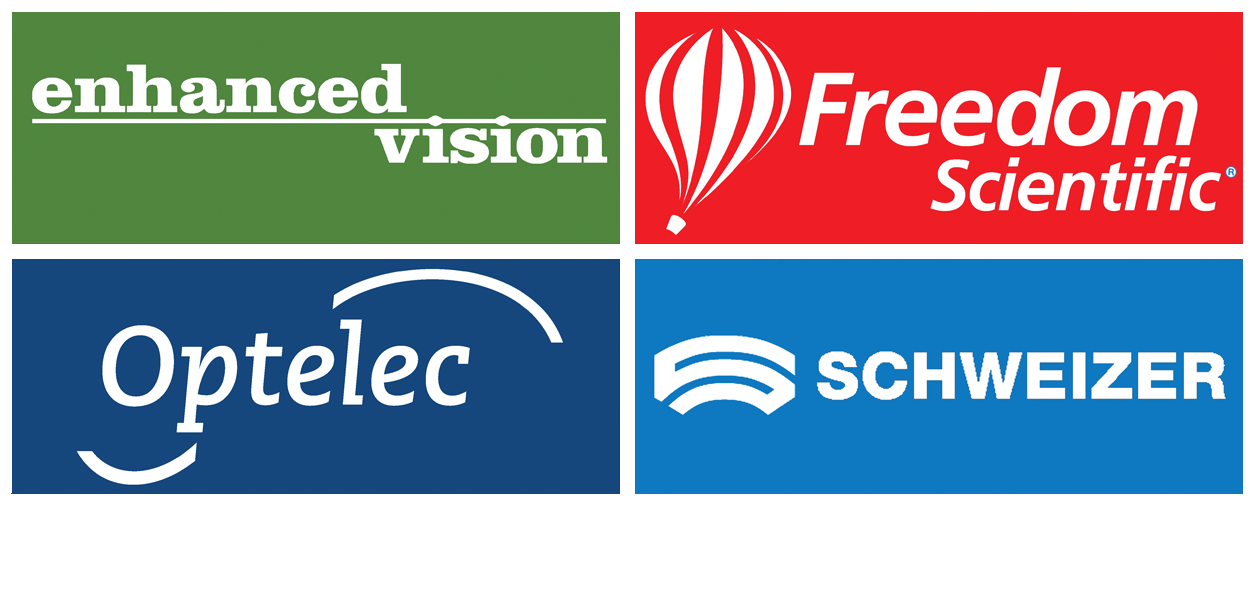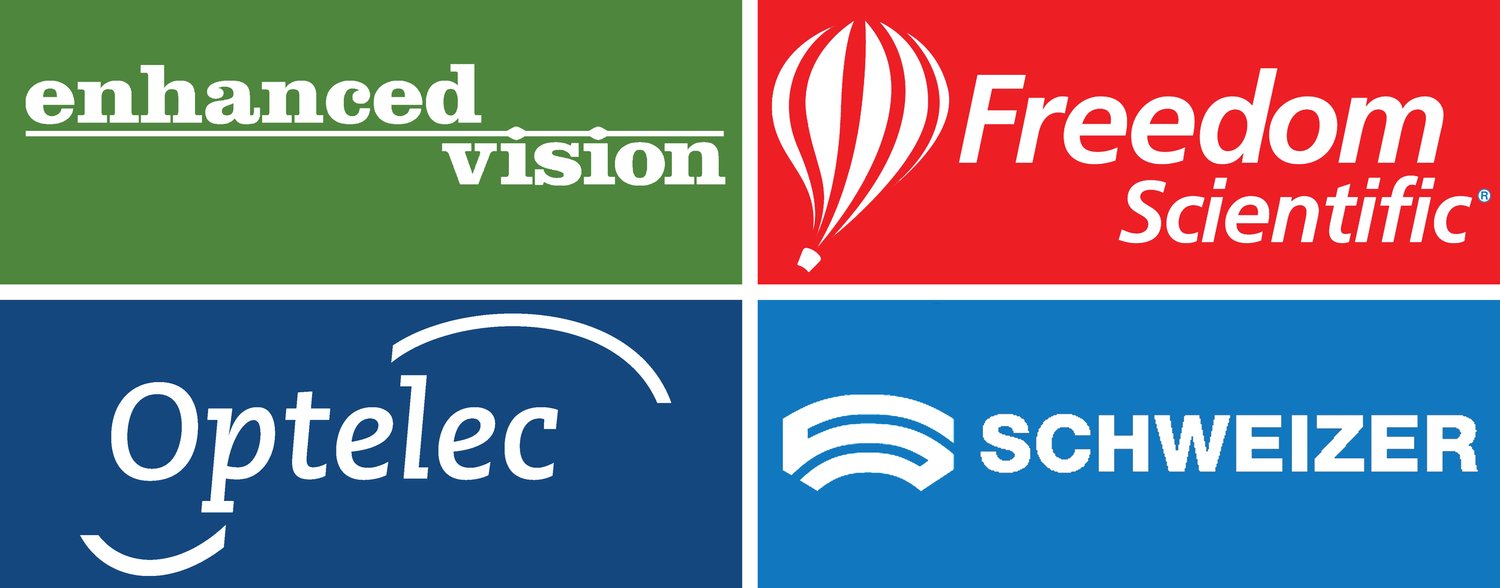
A Guide to Charles Bonnet Syndrome
Introduction
Charles Bonnet Syndrome (CBS) is a fascinating, yet often misunderstood condition that manifests as visual hallucinations in individuals who have lost their vision. This intriguing phenomenon is not due to a mental health disorder but is rather a response of the brain to significant visual impairment. The syndrome is named after the Swiss philosopher Charles Bonnet, who first described it in the 18th century when he observed these symptoms in his grandfather following vision loss.
Unlike the hallucinations associated with psychiatric conditions, those experienced by individuals with CBS are usually complex and detailed, involving patterns, people, and landscapes. These visual fabrications can range from simple flashes of color to intricate scenes and are more common among the elderly, particularly those with age-related macular degeneration. However, CBS can affect anyone at any age who suffers from severe vision loss.
The introduction of CBS to the medical literature by Bonnet has opened up a critical area of study into how the brain compensates for sensory loss. Understanding CBS not only sheds light on the complexities of human perception and the brain's adaptability but also emphasizes the importance of addressing the psychological impacts of sensory impairments. As we delve deeper into this article, we'll explore the symptoms, causes, and treatments of CBS, aiming to demystify this condition and provide insights into its management.
Understanding Charles Bonnet Syndrome
Charles Bonnet Syndrome (CBS) represents a perplexing neurological condition where individuals with significant vision loss experience complex visual hallucinations without any cognitive deficits. The hallucinations are vivid, detailed, and can be both fascinating and distressing for those experiencing them. They may include seeing patterns, objects, characters, or entire scenes that are not present, occurring in the absence of any mental health issues.
Definition and Core Symptoms
CBS is characterised by the presence of these visual hallucinations in individuals who have otherwise clear consciousness and mental health. The hallucinations can vary greatly in frequency, duration, and complexity. Some people may see simple geometric patterns, while others may witness intricate scenes or people. Importally, individuals with CBS are aware that these visions are not real, which is a key distinction from the hallucinations seen in psychiatric disorders.
Distinction from Other Visual Hallucinations
Unlike the hallucinations associated with conditions like schizophrenia or delirium, those experienced in CBS are purely visual and do not involve the other senses. This specificity to vision, coupled with the intact insight into the unreal nature of the hallucinations, helps differentiate CBS from other disorders. Additionally, CBS hallucinations tend to occur in individuals with significant vision impairment, a criterion not necessarily present in psychiatric-induced hallucinations.
The visual disturbances in CBS are thought to result from the brain's attempt to "fill in" the missing visual information due to vision loss. This phenomenon, known as the "deafferentation hypothesis," suggests that the brain's visual centers, deprived of regular input, become hyperactive and generate these complex images as a form of compensatory activity.
Understanding the nuances of CBS is crucial for proper diagnosis and management, as it helps differentiate the condition from psychiatric disorders and guides the approach to treatment. With this foundational knowledge, we can explore the underlying causes and risk factors associated with CBS, shedding light on why some individuals develop these vivid, unwelcome guests in their visual world.
Causes and Risk Factors
The precise causes of Charles Bonnet Syndrome (CBS) remain an area of active research, but several key factors have been identified that contribute to its onset. Understanding these factors is crucial for identifying individuals at risk and for developing targeted interventions.
Underlying Causes
The primary cause of CBS is the significant reduction in visual input to the brain, often due to conditions that impair the eyes or the optic pathways. This lack of sensory input leads to changes in the brain's activity, particularly in the visual cortex. The "deafferentation hypothesis" suggests that in the absence of regular visual signals, the brain's neurons become overly active, creating visual images that are not triggered by external stimuli. This neural activity is what manifests as the complex and vivid hallucinations characteristic of CBS.
Risk Factors
Visual Impairment: The most significant risk factor for CBS is severe vision loss, regardless of the cause. Conditions such as age-related macular degeneration, glaucoma, cataract surgery complications, and diabetic retinopathy are commonly associated with CBS.
Age: CBS is more prevalent in the elderly, partly because the risk of severe visual impairment increases with age. However, it can occur at any age following significant vision loss.
Isolation: Social isolation and lack of stimulation may exacerbate the symptoms of CBS, possibly due to reduced external visual and cognitive inputs.
Cognitive Status: While CBS patients typically do not have major cognitive impairments, subtle changes in brain function related to aging or mild cognitive impairment may influence the occurrence and severity of hallucinations.
Identifying individuals at risk for CBS involves a careful assessment of these factors, coupled with a detailed examination of their visual and neurological health. Recognizing the signs early can lead to more effective management of the condition and an improved quality of life for those affected.
Impact on Quality of Life
Charles Bonnet Syndrome (CBS) can significantly impact the quality of life for those experiencing it. While the hallucinations are not real, their effects on daily life and mental health can be profound and very real.
Psychological and Emotional Effects
For many, the sudden onset of vivid hallucinations can be alarming and confusing. The knowledge that these images are not real does not necessarily lessen their impact. Individuals may feel isolated or reluctant to discuss their experiences for fear of being misunderstood or stigmatised. Anxiety and stress are common, particularly if the hallucinations are disturbing or intrusive.
Social and Daily Life Implications
CBS can complicate daily activities, especially those that rely on visual acuity and interpretation. For example, navigating spaces can become more challenging when one cannot trust their visual perceptions. Social interactions may also be affected, as individuals with CBS might withdraw from activities and relationships due to anxiety about their hallucinations or fear of judgment.
The unpredictable nature of CBS hallucinations can lead to a constant state of vigilance or distress, further exacerbating feelings of isolation or depression. It's crucial for individuals with CBS and their families to receive proper support and information to manage these challenges effectively, ensuring that the condition does not dominate their lives.
Diagnosis and Challenges
Diagnosing Charles Bonnet Syndrome (CBS) involves a careful evaluation of the individual's symptoms, medical history, and visual status. The process can be complex due to the need to distinguish CBS from other conditions that cause hallucinations.
Diagnostic Criteria and Processes
The diagnosis of CBS typically requires:
Confirmation of significant vision loss: This is assessed through a comprehensive eye examination.
Presence of complex visual hallucinations: These hallucinations are detailed and occur in the absence of other sensory hallucinations.
Awareness that the hallucinations are not real: Unlike some psychiatric conditions, individuals with CBS recognize the unreal nature of their visions.
Absence of cognitive impairments: CBS patients generally do not have severe cognitive disorders that could explain the hallucinations.
Challenges in Diagnosing CBS Accurately
One of the main challenges in diagnosing CBS is differentiating it from psychiatric conditions like schizophrenia, where hallucinations are also common. Another challenge is the reluctance of patients to report their symptoms due to fear of being labeled as mentally ill. This underreporting can lead to underdiagnosis or misdiagnosis.
Furthermore, the fluctuating nature of CBS hallucinations can complicate the diagnostic process, as symptoms may not be present during a medical evaluation. This necessitates a reliance on patient history and reports, which can be subjective.
Addressing these challenges requires a multidisciplinary approach, involving ophthalmologists, neurologists, and psychiatrists, to ensure a comprehensive assessment and accurate diagnosis, paving the way for effective management strategies.
Treatment Options and Management
The management of Charles Bonnet Syndrome (CBS) is multifaceted, focusing on reducing the frequency and severity of hallucinations, and improving the quality of life for those affected. While there is no cure for CBS, various strategies can help manage the condition.
Current Treatments
Education and Reassurance: One of the most effective initial treatments is providing education about CBS. Understanding that the hallucinations are a result of vision loss and not a mental health disorder can be immensely reassuring for patients and their families.
Visual Stimulation: Encouraging the use of remaining vision through activities like watching television or exploring different lighting conditions can sometimes reduce the frequency of hallucinations by providing the brain with visual input.
Adjusting Medications: If a patient is already on medications, reviewing and adjusting these, particularly those that might impact the central nervous system, can sometimes alleviate symptoms.
Therapies and Support
Cognitive Behavioural Therapy (CBT): CBT and other psychological therapies can help individuals develop coping strategies to deal with the distress caused by hallucinations.
Support Groups: Connecting with others who have CBS can provide emotional support and practical tips for managing the condition.
Low Vision Aids: Utilising low vision aids and rehabilitation services can maximise the remaining vision, potentially reducing the impact of CBS.
Coping Strategies
Individuals find various personal strategies to manage their hallucinations, such as:
Engaging in activities that require focused attention, thereby diverting the mind from hallucinations.
Increasing or changing environmental lighting, as this can sometimes alter or stop the hallucinations.
Blinking, looking away, or moving the eyes rapidly to disrupt the continuation of a hallucination.
The management of CBS is highly individualised, as what works for one person may not work for another. Ongoing communication with healthcare providers, exploring different management strategies, and adjusting to what best suits the individual's needs are crucial steps in living with CBS.
Conclusion and Future Directions
Charles Bonnet Syndrome (CBS) offers a unique window into the complexities of human perception and the brain's response to sensory loss. This condition, characterised by vivid visual hallucinations in those with significant vision impairment, challenges our understanding of the intricate relationship between the sensory inputs and the brain's interpretative mechanisms.
The journey through understanding, diagnosing, and managing CBS underscores the importance of a multidisciplinary approach that encompasses medical, psychological, and supportive strategies. Education and reassurance remain the cornerstones of managing CBS, alleviating the distress associated with the hallucinations and demystifying the condition for those affected and their families.
Looking forward, the quest to unravel the mysteries of CBS continues. Research is ongoing into the neurobiological underpinnings of the syndrome, with the hope of uncovering more targeted treatments. Advances in neuroimaging and cognitive science hold promise for deeper insights into the condition, potentially leading to innovative management strategies that can further improve the quality of life for those with CBS.
As our understanding of CBS evolves, so too will our ability to support and treat those experiencing this complex phenomenon, moving closer to a future where the impact of this condition on individuals' lives is minimised.

